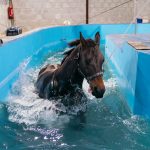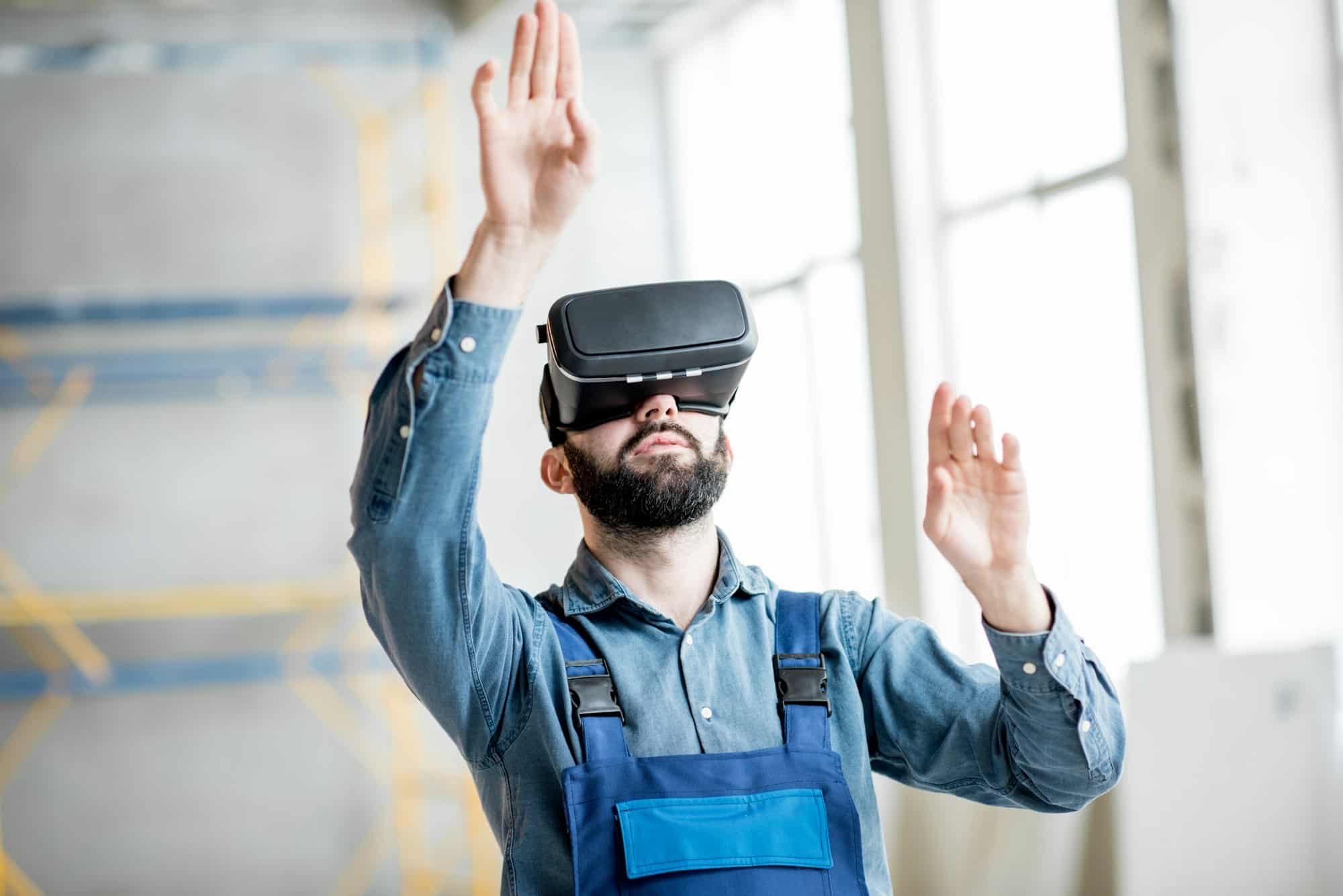Virtual reality is a concept that has captured the imagination of technologists and educators alike. As a technology, it creates an immersive environment that offers endless potential for various fields, including education. With the ability to transport students into different time periods, cultures, and experiences, virtual reality has emerged as a powerful tool for historical education. By granting students the ability to personally experience history, rather than simply reading about it, virtual reality is transforming the way we view and learn about the past.
The Emergence of Virtual Reality in Education
With its roots in gaming, virtual reality has grown to be more than just a tool for entertainment. It has become an instrument of learning, and a magnificent one at that. Educators are increasingly adopting virtual reality to create immersive learning environments that engage students in a way traditional teaching methods often fail to achieve.
Additional reading : Common mistakes to avoid on OnlyFans
In the realm of historical education, virtual reality has the potential to immerse students in historical events, providing a richer, more tangible understanding of history. Instead of reading about the French Revolution from a textbook, imagine being able to virtually experience the chaos, the fervor, and the monumental changes that took place. This application of technology to education is revolutionary, and its impact is only beginning to be understood.
Diving into the Past: Virtual Reality and Historical Experiences
Unleashing the full potential of virtual reality in historical education involves creating vivid, immersive experiences from different times and cultures. By designing virtual environments that accurately reflect historical periods, educators can provide students with a first-hand view of history.
In the same genre : How to Implement a Community-Based Circular Economy in UK Towns?
These virtual experiences not only immerse students in the past, but also help them develop a deeper understanding of the socio-economic circumstances, cultural nuances, and significant events of the period. By enabling students to witness history rather than simply learn about it, virtual reality has the potential to transform history from a subject to a lived experience.
Bridging the Gap: Cultural Understanding through Virtual Reality
Another significant potential of virtual reality in historical education lies in fostering cultural understanding. Students can be transported to different places around the world, experiencing the richness and diversity of human culture across various time periods.
By giving students the opportunity to immerse themselves in different cultures, virtual reality promotes empathy and understanding. It allows students to experience the world from a perspective different from their own, a critical skill in today’s globalized world. By providing this expansive cultural experience, virtual reality is redefining the scope and depth of historical education.
Enhancing Learning Through Practice and Simulation
One of the fundamental principles of education is that practice enhances learning. In traditional educational settings, students often lack the opportunity to practice or simulate historical events. Virtual reality fills this gap by providing an environment where students can engage in simulated historical scenarios.
For instance, students can reenact historical events, practice negotiations, and even lead simulated battles. These simulations not only make learning more engaging but also help students develop critical thinking and decision-making skills. As a result, students aren’t just learning history; they’re learning to think, act, and make decisions like historical figures.
The Future of Virtual Reality in Historical Education
As technology continues to evolve, so too will the use of virtual reality in historical education. With advancements in artificial intelligence and machine learning, we can expect virtual reality experiences to become more realistic and personalized.
Educators and technologists are working together to push the boundaries of what virtual reality can do for historical education. As they continue to innovate, the line between learning and experiencing history is likely to blur even further. What we’re witnessing is not just the evolution of a technology, but a seismic shift in the way we perceive, understand, and learn history.
While the full potential of virtual reality for historical education is still unfolding, one thing is certain: we are at the cusp of a new era of learning, where students are not just passive recipients of knowledge, but active participants in their own educational journey.
Integrating Cultural Heritage: Virtual Reality in Preserving and Visiting Historical Sites
Virtual reality also plays a pivotal role in preserving and visiting historical sites in an innovative way. A multitude of historical sites around the world faces a variety of challenges, such as degradation due to natural causes, lack of maintenance funds, or inaccessibility due to geographical location. Virtual reality offers a way to digitally preserve these sites with high precision, allowing students and history enthusiasts to explore these sites without causing any physical damage to them.
Creating a virtual environment of historical sites allows students to interact with the site as if they were physically present. They can explore the architectural intricacies, understand the layout, and experience the site in its historical context. For example, students studying the Roman Colosseum could virtually walk through its corridors, understand its structure, and visualize the events that occurred there, fostering a deeper understanding of the site’s cultural and historical significance.
Moreover, integrating virtual reality with augmented reality can further enhance the learning experience. Users can point their device at a specific location or object in the virtual site, and the augmented reality feature can provide additional information about it, such as its historical significance, related events, or cultural context. This blend of virtual and augmented reality in historical education offers a multi-faceted, interactive learning experience far beyond traditional textbook learning.
The Learner’s Perspective: Students Engage With History Education Through Virtual Reality
The potential of virtual reality in engaging students with history education is enormous. Unlike traditional methods which often involve passive learning, virtual reality enables students to actively participate in their learning process. This active involvement in learning experiences makes the subject more engaging, memorable, and enjoyable for students.
With virtual reality, students aren’t just reading about historical events; they are experiencing them. They can walk through the streets of ancient Rome, witness the signing of the Declaration of Independence, or march in the civil rights movement. These immersive experiences allow students to witness history as it unfolded, providing a more comprehensive and empathetic understanding of historical events.
Moreover, virtual reality provides a platform for students to practice critical thinking. By virtually participating in historical events, students are faced with the same challenges and dilemmas as historical figures did. This simulation encourages students to think critically about the consequences of their decisions, fostering critical thinking and problem-solving skills.
In conclusion: The Transformative Impact of Virtual Reality on Historical Education
Virtual reality has indeed revolutionized the field of historical education. By providing immersive, interactive, and comprehensive learning experiences, it has transformed the way students engage with history. It has brought historical events to life, bridged cultural gaps, preserved historical sites, and fostered critical thinking skills.
As we move forward, it is crucial to continue pushing the boundaries of what virtual reality can do for historical education. With continuous advancements in technology, we can expect even more realistic and personalized learning experiences. It’s an exciting journey ahead, with the potential to transform not just historical education but the entire educational landscape.
The integration of virtual reality in historical education has proven that when it comes to learning, the sky’s the limit. It has brought us closer to the past while equipping us with the skills to navigate the future. In doing so, it has blurred the line between learning about history and experiencing it, making every student an active participant in their educational journey. Above all, it has made learning history a truly immersive and unforgettable experience. The future of historical education is bright, and it is virtually real.











